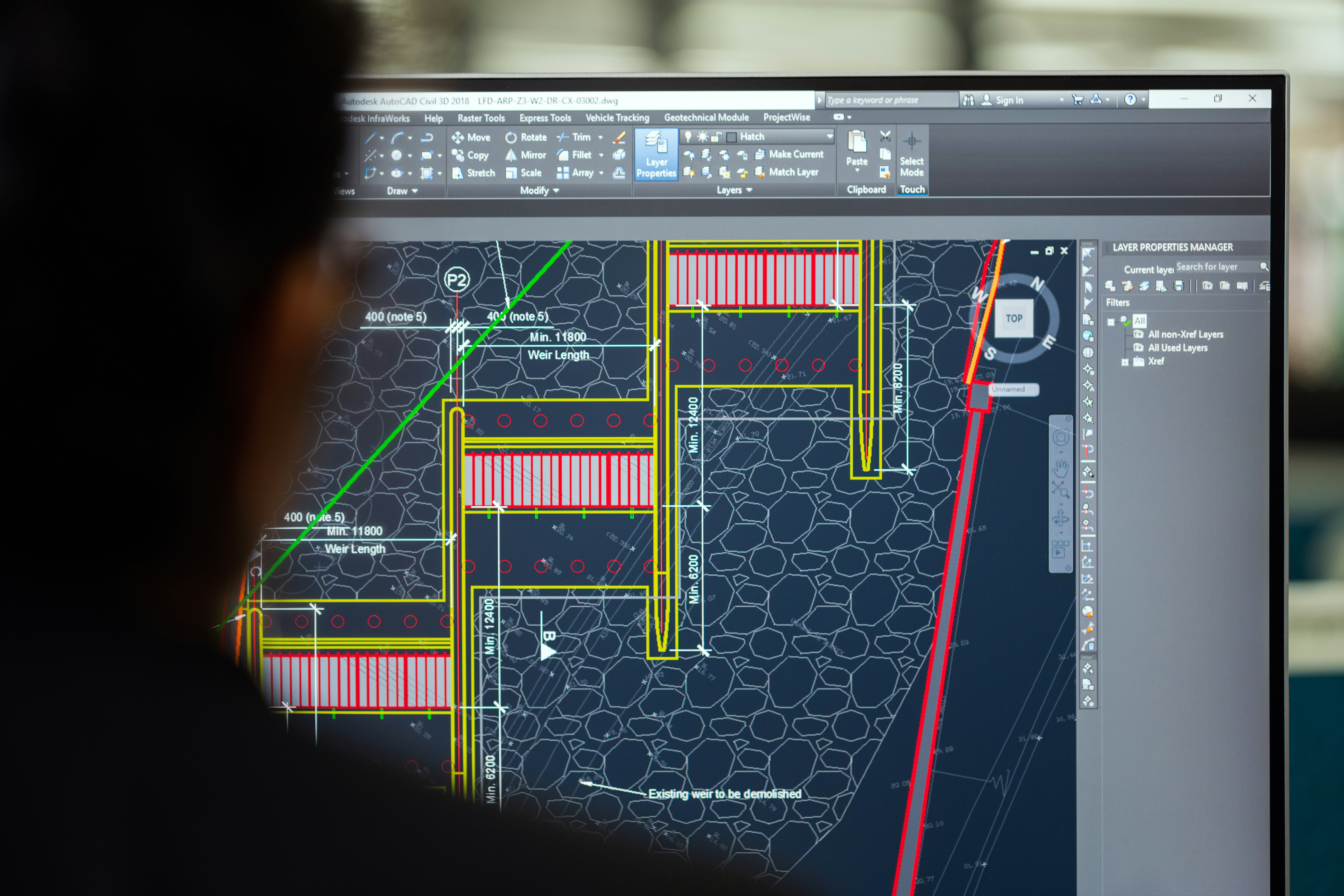News For This Month:
Mar
28th
Elevate Your Off-Road Experience: Enhancements for Your 4x4 Camper Van Ready to take your off-road escapades to new heights? Enhancing your 4x4 camper van can significantly boost its performance, comfort, and overall capabilities, transforming it into the ultimate adventure machine. Click here to get even more info on the subject! Suspension System Overhaul Let's delve into the foundation of your…







